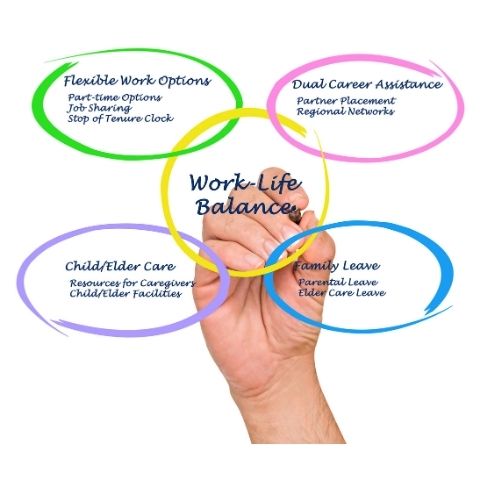 Now, more than ever before, utilizing a well-crafted job description has become essential to the sustained success of an organization. For most traditionalists the job description remains a hiring tool; however, many innovative leaders and managers have recognized its versatility as an overall management tool. Developing and maintaining a job description that accurately identifies job requirements and responsibilities can be instrumental to organizational growth. Companies on the cusp of growing rapidly often experience decreased productivity and poor job performance from its employees when roles and responsibilities aren’t clearly defined and known throughout the organization. In addition, companies frequently experience high-level turnover due in part to unclear job duties and its effect on job satisfaction and employee engagement. Job descriptions that include clear responsibilities and reporting structure of each position can help achieve organizational stability.
Now, more than ever before, utilizing a well-crafted job description has become essential to the sustained success of an organization. For most traditionalists the job description remains a hiring tool; however, many innovative leaders and managers have recognized its versatility as an overall management tool. Developing and maintaining a job description that accurately identifies job requirements and responsibilities can be instrumental to organizational growth. Companies on the cusp of growing rapidly often experience decreased productivity and poor job performance from its employees when roles and responsibilities aren’t clearly defined and known throughout the organization. In addition, companies frequently experience high-level turnover due in part to unclear job duties and its effect on job satisfaction and employee engagement. Job descriptions that include clear responsibilities and reporting structure of each position can help achieve organizational stability.
The most useful job descriptions fully describe all of the tasks and responsibilities of the position as well as the minimum necessary qualification and experiences necessary for success.
Leaders should update descriptions at least twice per year by adding any new duties or skills to ensure the expectations are clear for current and prospective employees. These clear descriptions can also help management in the areas of training, compensation, performance management, and overall organizational learning. Once employees have an accurate understanding of their job design and requirements a standard can be established and maintained. Leaders can also take it one step further to build accountability by creating a position contract for each employee. A position contract is a written statement that the employee signs stating they have reviewed the job description and agree to perform all duties. Updating job descriptions and position contracts every six months will keep everyone in the organization focused on their role within the company as well as provide the flexibility to change requirements that often come with growing companies.




